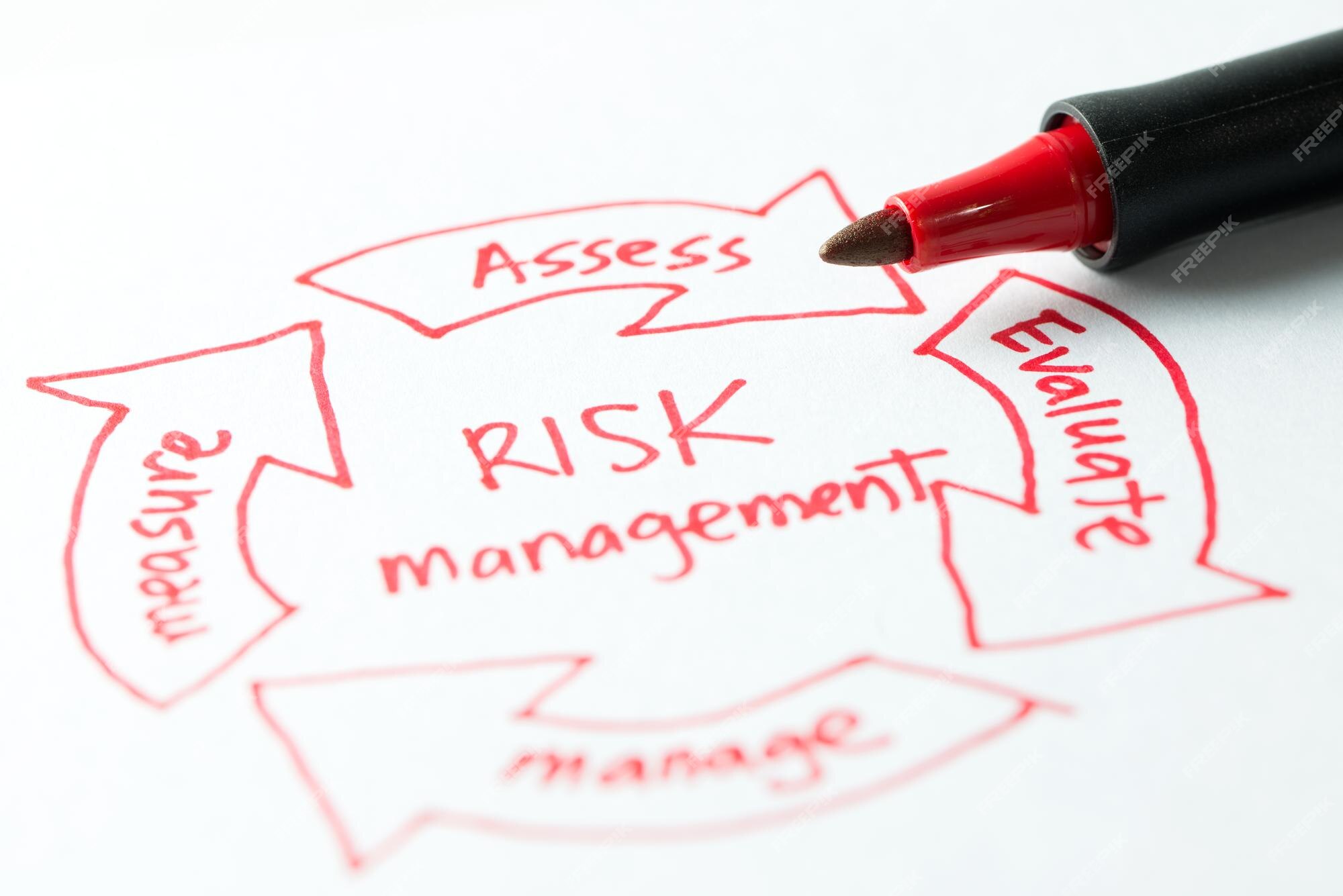In the intricate dance of project management, challenges are inevitable. The Risk Management Plan emerges as the compass guiding teams through the unpredictable. This guide delves into the purpose, key contents, and best practices for creating a robust Risk Management Plan, ensuring your project confidently sails through the uncertainties of its journey.
Purpose of a Risk Management Plan
1. Identification of Project Risks: Anticipating the Unforeseen
- The Risk Management Plan aims to systematically identify potential challenges that could impact project objectives, fostering a proactive approach to uncertainties.
2. Risk Assessment: Gauging Likelihood and Impact
- This plan assesses challenges by evaluating their likelihood and potential impact on the project, laying the foundation for informed decision-making throughout the project lifecycle.
3. Risk Mitigation Strategies: Confronting Challenges Head-On
- Strategies outlined in the plan to mitigate identified challenges, from preventative measures to contingency plans, aim to minimize the impact of uncertainties on project outcomes.
4. Risk Monitoring: Real-Time Vigilance
- The plan plays a vital role in ongoing challenge monitoring, ensuring that potential threats are continually assessed, and mitigation strategies are adjusted as the project progresses.
Key Contents of a Risk Management Plan
1. Risk Identification: Illuminating Potential Obstacles
- The plan systematically identifies potential challenges through collaborative efforts, capturing diverse perspectives to create a comprehensive profile of project uncertainties.
2. Risk Assessment: Quantifying Likelihood and Impact
- Methods employed for assessing challenges, combining quantitative and qualitative analysis, provide a nuanced understanding of their potential effects.
3. Mitigation Strategies: Strategic Readiness
- The plan outlines strategies to mitigate identified challenges, whether through proactive measures or contingency plans, forming a robust framework for navigating uncertainties.
4. Risk Monitoring: Proactive Oversight
- Emphasizing the importance of continuous monitoring, the plan ensures challenges are tracked in real-time, allowing for prompt adjustments to mitigation strategies.
Best Practices for Crafting a Robust Risk Management Plan
1. Collaborative Challenge Workshops: Diverse Perspectives
- Encourage collaborative challenge identification workshops involving key stakeholders to capture a wide range of potential obstacles.
2. Quantitative and Qualitative Analysis: Holistic Assessment
- Utilize both quantitative and qualitative analysis methods to assess challenges thoroughly, considering both likelihood and potential impact.
3. Scenario Planning: Preparing for Uncertainty
- Develop scenario-based response plans, ensuring preparedness for various potential outcomes.
4. Regular Reviews and Updates: Adaptive Vigilance
- Stress the importance of regular reviews of the Risk Management Plan to capture emerging challenges, assess the effectiveness of existing responses, and update the status of uncertainties.
Sample Risk Management Plan
1. Challenge Identification:
- Conduct bi-weekly challenge identification workshops involving project team members, stakeholders, and subject matter experts.
2. Challenge Assessment:
- Utilize a combination of historical data analysis and expert judgment to quantify challenges based on their likelihood and potential impact.
3. Mitigation Strategies:
- Develop a contingency plan for potential delays due to external factors, outlining specific actions and responsibilities.
4. Challenge Monitoring:
- Implement a real-time challenge tracking system, with weekly status updates and an escalation process for high-impact challenges.
Conclusion: Sailing Confidently Through Project Uncertainties
In the intricate tapestry of project management, the Risk Management Plan serves as a beacon, guiding teams through the uncertainties that inevitably arise. By understanding its purpose, key contents, and best practices, project managers can craft a robust plan that not only identifies and assesses challenges but also ensures the agility needed to navigate uncertainties with confidence. May your journey be marked by proactive risk management, strategic preparedness, and the resilience to sail through the seas of uncertainties confidently.
